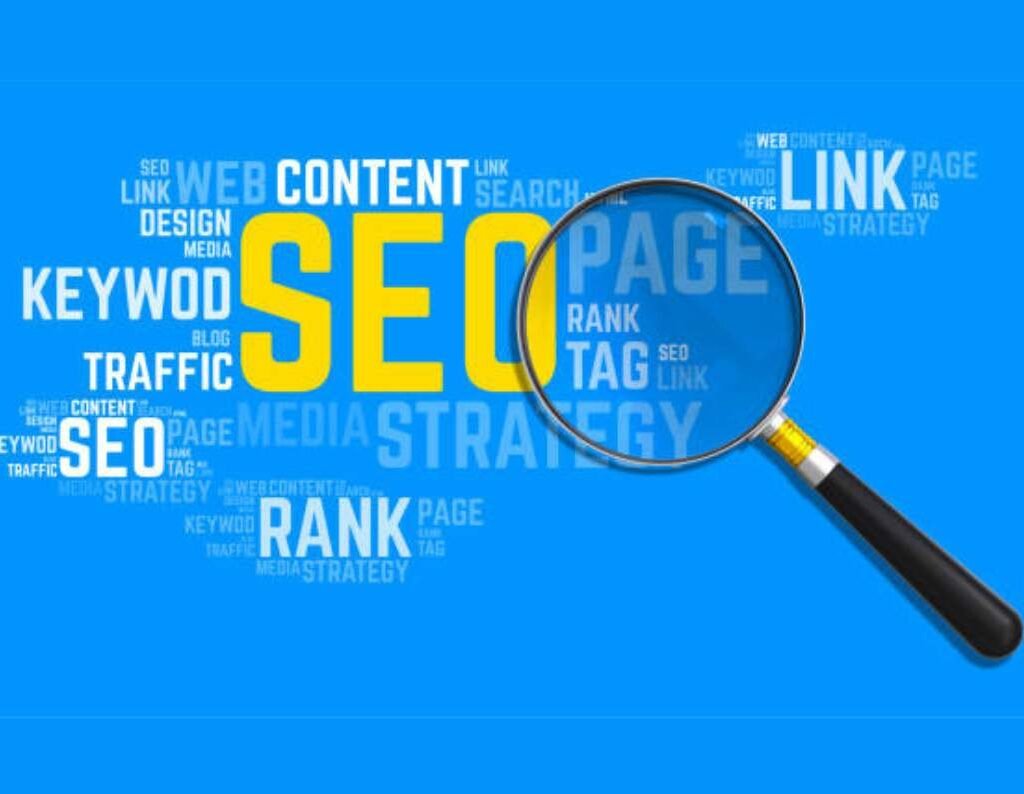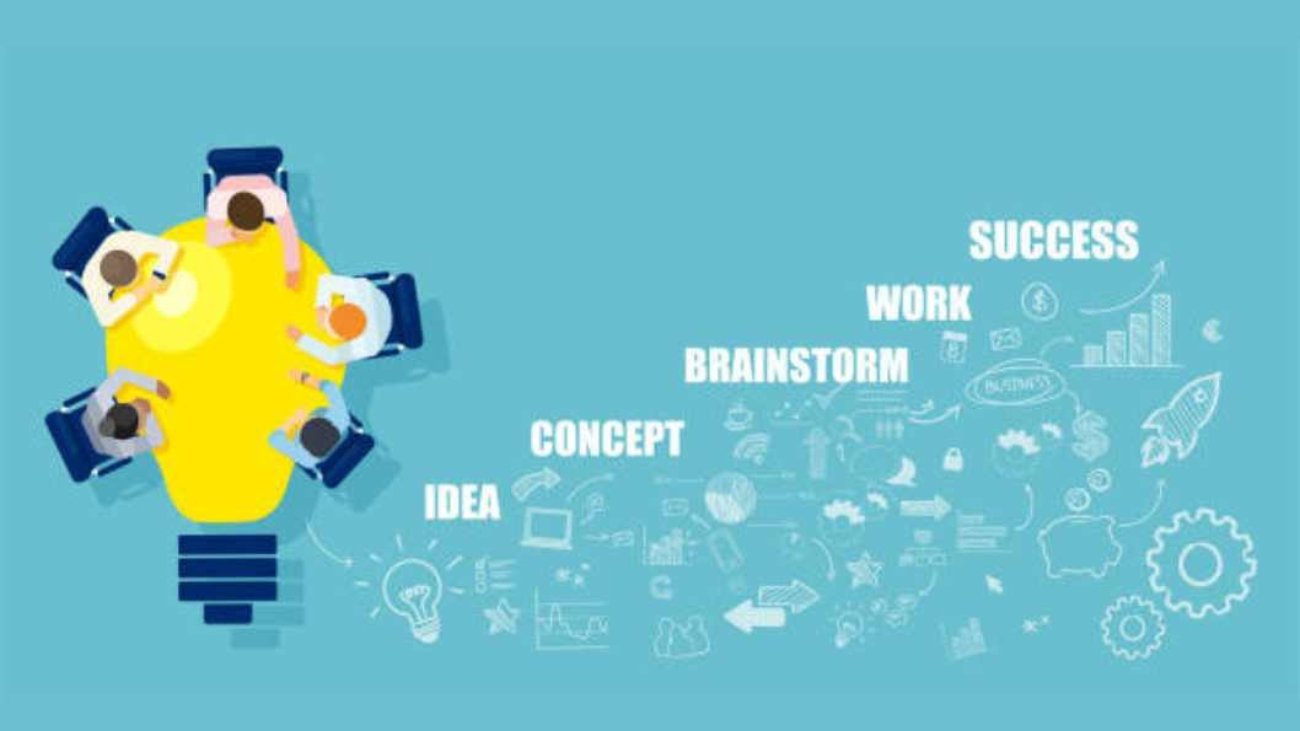Introduction :
In today’s digital age, having a website is no longer a luxury for businesses, but a necessity. A website serves as a virtual storefront, allowing customers to learn about a business, its products, and services at their convenience.

It provides a platform for businesses to showcase their brand, share their story, and establish a presence in the online marketplace.
A website is often the first point of contact between a business and its customers, making it a crucial tool for building trust, credibility, and loyalty. Moreover, a website enables businesses to reach a global audience, breaking geographical barriers and opening up new opportunities for growth and expansion.
In this article, we will explore the importance of websites for businesses and how they can help drive success in today’s digital landscape.
1. Increased Online Visibility:
A website is a powerful tool for increasing online visibility, making it easier for potential customers to find and learn about a business.
By having a website, businesses can establish a presence on search engines like Google, Bing, and Yahoo, allowing them to reach a vast audience.A website can improve search engine rankings by incorporating relevant keywords, meta tags, and descriptions, making it more likely to appear in search results.
This increased online visibility can lead to more website traffic, as customers are able to find the business when searching for products or services online.
With a website, businesses can showcase their products, services, and expertise, making it more likely to attract and engage with potential customers, ultimately driving more sales and revenue.
2. 24/7 Online Presence:
A website provides businesses with a 24/7 online presence, allowing customers to access information and services at any time and from any location. This around-the-clock availability is especially crucial in today’s fast-paced digital age, where customers expect instant gratification and convenience.
With a website, businesses can provide customers with the ability to learn about products, make purchases, and access support services at their own pace, without being limited by traditional business hours.
Moreover, a website can automate many tasks, such as answering frequently asked questions, providing product information, and processing transactions, freeing up staff to focus on more complex and high-value tasks.
3. Cost-Effective Marketing:
A website is a cost-effective marketing tool that can help businesses reach a large audience without breaking the bank. With a website, businesses can reduce their reliance on physical marketing materials such as brochures, flyers, and posters, which can be expensive to produce and distribute.
Additionally, a website can eliminate the need for physical events such as trade shows and conferences, which can be costly and time-consuming to organize.
A website allows businesses to showcase their products and services, share their story, and connect with customers in a more efficient and cost-effective way.
4. Improved Customer Engagement:
A website can facilitate customer engagement in various ways, leading to a more interactive and loyal customer base. Features like contact forms, social media integration, and blogs enable customers to connect with businesses easily and conveniently.
Contact forms:
Contact forms allow customers to reach out with inquiries, feedback, or support requests.
Social media integration:
social media integration enables businesses to share updates, promotions, and news, encouraging customers to share their thoughts and opinions.
Blog:
Blogs provide a platform for businesses to share their expertise, showcase their products, and tell their story, fostering a sense of community and trust.
By interacting with customers through these features, businesses can receive valuable feedback, understand their needs and preferences, and respond promptly to their concerns.
5. Competitive Advantage:
In today’s digital landscape, Without a website, businesses risk being left behind, losing potential customers, and conceding market share to their competitors.
A website provides a platform for businesses to showcase their unique value proposition, differentiate themselves from competitors, and establish a strong online presence.
By having a professional and user-friendly website, businesses can demonstrate their expertise, build trust with customers, and establish credibility in their industry.
Moreover, a website allows businesses to reach a wider audience, increase their online visibility, and attract more customers, giving them a competitive advantage over those without a website.
6. Improved Customer Experience:
A professional website design is crucial for businesses to establish credibility and trust with potential customers. A well-designed website conveys a sense of professionalism, expertise, and attention to detail, making a business appear more credible and trustworthy.
A professional website design can help businesses establish trust with potential customers by showcasing their products, services, and values in a clear and concise manner.
It can also provide a seamless and intuitive user experience, making it easy for customers to find what they need and take desired actions.
7. Global Reach:
A website can help businesses reach a global audience, breaking geographical barriers and opening up new markets and regions. With a website, businesses can:
- Reach a wider audience: Showcase products and services to a global audience, increasing visibility and potential customers.
- Expand into new markets: Enter new regions and countries, tapping into new customer bases and revenue streams.
- Overcome language barriers: Use translation tools and multilingual support to communicate with customers in their native language.
- Operate 24/7: Allow customers to access information and make purchases at any time, regardless of time zones.
- Reduce international marketing costs: Eliminate the need for physical marketing materials and events, reducing costs and increasing efficiency.
8. Data Collection and Analysis:
A website can help businesses collect and analyze data about their customers and online behavior, providing valuable insights to inform marketing and sales strategies. With a website, businesses can:
- Track website analytics: Monitor website traffic, engagement, and conversion rates to understand customer behaviour.
- Collect customer data: Gather information through contact forms, surveys, and social media integration.
- Analyse customer interactions: Use tools like heat maps and click-tracking to understand how customers interact with the website.
- Identify trends and patterns: Use data to identify trends, preferences, and pain points to inform marketing and sales strategies.
- Optimise marketing efforts: Use data to refine targeting, messaging, and channels to reach customers more effectively.
9: Flexibility and Scalability:
A website offers flexibility and scalability, allowing businesses to easily update and modify their online presence as they grow and change. With a website, businesses can:
- Easily update content: Quickly add or remove products, services, or promotions to reflect changing business needs.
- Modify design and layout: Update the website’s design and layout to reflect rebranding or new marketing strategies.
- Integrate new features: Add new features and functionality to improve user experience and stay competitive.
- Scale with traffic: Handle increased traffic and demand without downtime or technical issues.
- Respond to market changes: Quickly adapt to changing market conditions, trends, and customer needs.
10. Long-Term Investment:
A website is a long-term investment for businesses, providing a lasting asset that continues to generate benefits and returns for years to come. With a website, businesses can:
- Build a permanent online presence: Establish a permanent online presence that remains accessible 24/7.
- Compound marketing efforts: Build on previous marketing efforts, amplifying their impact over time.
- Continuously attract customers: Attract new customers and retain existing ones through updated content and features.
- Improve brand reputation: Reinforce brand identity and reputation through consistent messaging and design.
- Generate long-term revenue: Drive sales and revenue through e-commerce, lead generation, and advertising.
Conclusion
In conclusion, having a website is a vital component of business success, offering numerous benefits including increased visibility, improved engagement, and cost-effective marketing.
By leveraging these advantages, businesses can establish a strong online presence, drive growth, and achieve long-term success. A website is an essential tool for competing in today’s digital landscape, and businesses of all sizes should prioritize investing in their online presence.









